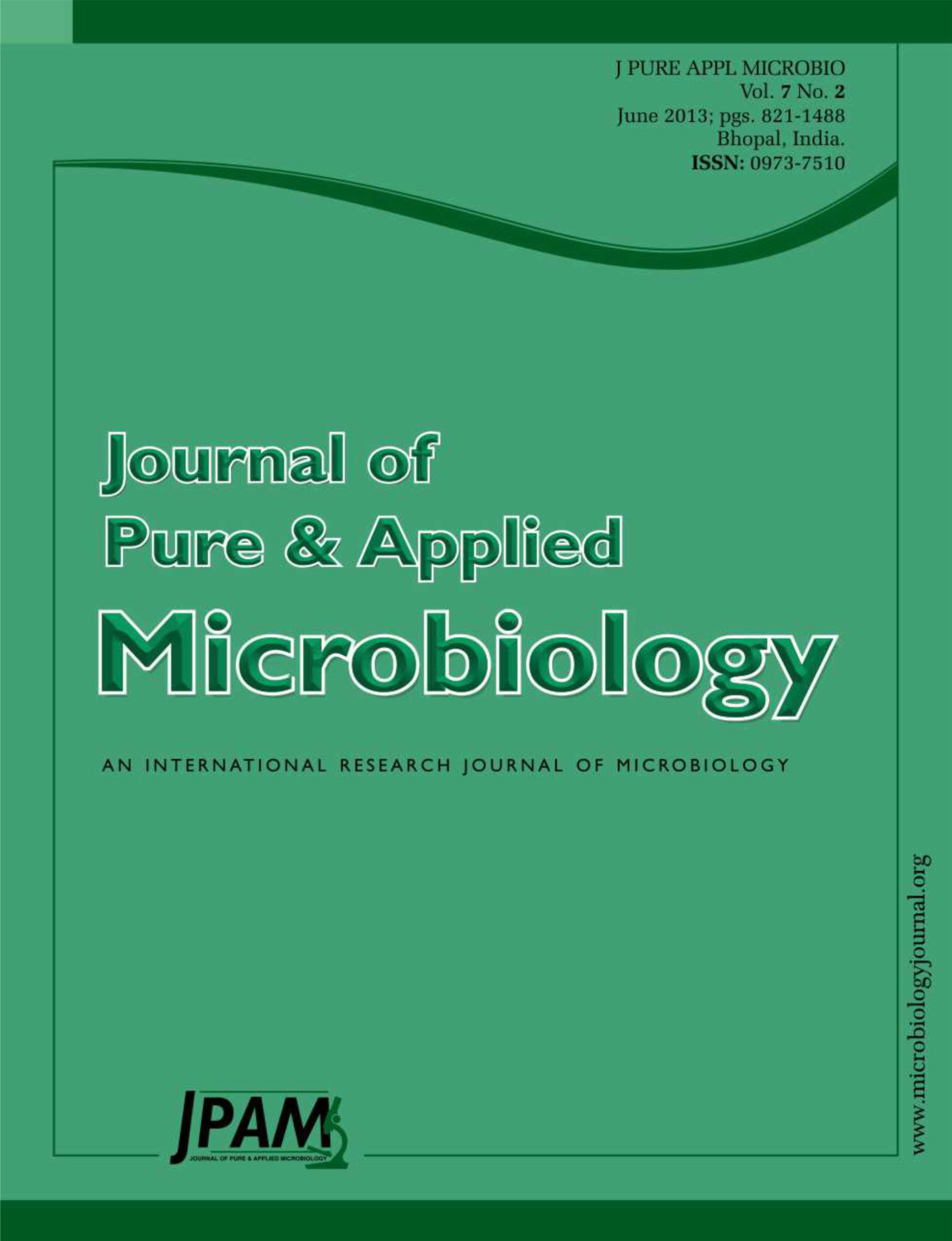The application of nanoscale materials and structures, usually ranging from 1 to 100 nanometers (nm), is an emerging area of nanoscience and nanotechnology. Nanomaterials may provide solutions to technological and environmental challenges in the areas ofsolar energy conversion, catalysis, medicine, and water treatment. In present situation, silver nanoparticles are in great use in the medicinal, pharmaceutical, agricultural industry and in water purification.. In the present study,enhanced antibacterial activity of chitosan coated silver nanoparticles-Azithromycin nanoconjugate against clinical isolate of Pseudomonas aeruginosa was studied. Synthesized nanoconjugate was characterized by Fourier Transform Infrared Spectroscopy (FT-IR),scanning electron microscopy and Energy-dispersive X-ray spectroscopy (EDX) which reveals the formation of silver nanoparticles- Azithromycin nanoconjugate.Anti bacterial activity against clinical isolate of E.coli and Pseudomonas aeruginosa showed distinct activity The highest increase in inhibitory zone was observed with silver nanoparticles-azithromycin nanoconjugate and showed 60 to 100 fold increase of antibacterial activity. This result suggests that the synergistic activity of nanoparticles with antibiotics which will lead to new generation of antimicrobial agents with highest efficacy to prevent pathogenic infection.
Silver nanoparticles, azithromycin, nanoconjugate, Pseudomonas aeruginosa, antibacterial activity
© The Author(s) 2014. Open Access. This article is distributed under the terms of the Creative Commons Attribution 4.0 International License which permits unrestricted use, sharing, distribution, and reproduction in any medium, provided you give appropriate credit to the original author(s) and the source, provide a link to the Creative Commons license, and indicate if changes were made.


